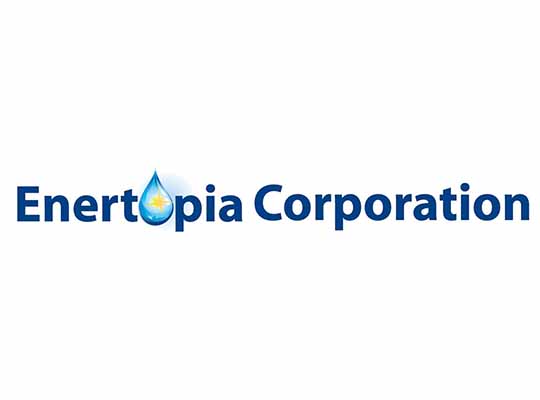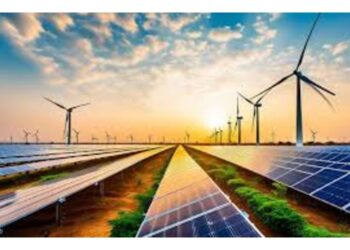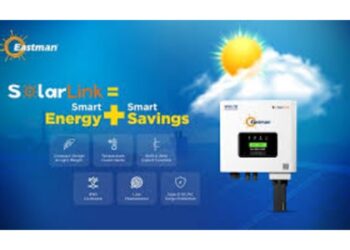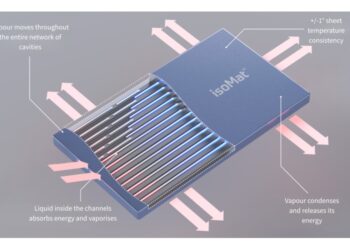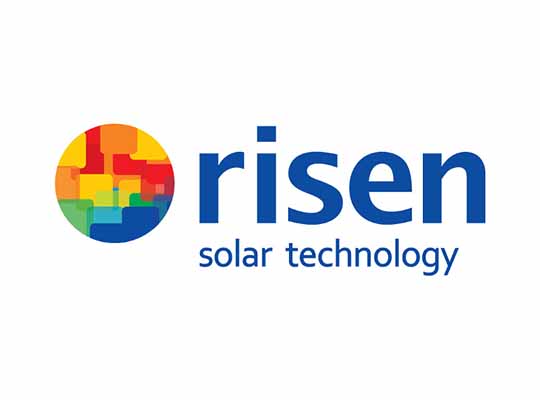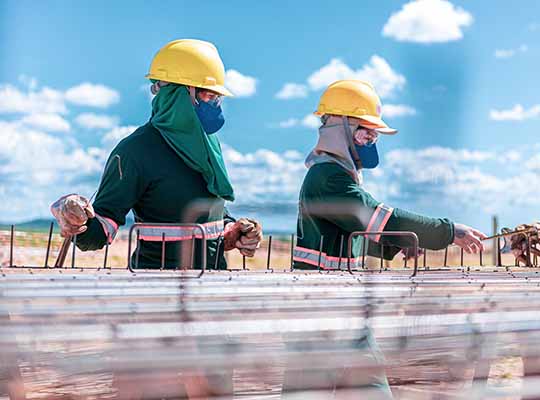KELOWNA, British Columbia – Enertopia Corporation a company focused on building shareholder value through a combination of our Nevada Lithium claims, intellectual property, & patents in the green technology space, is pleased to announce the following technology update.
Over the past few months, the independent engineering firm Thermal Energy System Specialists, LLC. conducted engineering studies to confirm our in-house analysis on field validation and demonstration, as well as next-generation PV increase in production and co-extraction of waste heat energy.
These early findings indicate that a one-megawatt solar PV array could potentially have it’s annual production increased by up to 193 MW/h per year. This is based on a current annual rated production capacity of 1,400 MW/h per year for a one MW solar PV array.
“Enertopia is looking forward to moving into the fabrication and beta phase on the Solar booster and the Heat Extractor as we move to maximize the increased PV and thermal outputs during this next phase of development in providing carbon-neutral energy production options.” Stated President and CEO Robert McAllister.”
The three main goals from the detailed 9-page report.
- Verify that existing PV/T models have the flexibility to address the specific design considerations being proposed and by applying reasonable assumptions, while also confirming that we see the same order of magnitude electrical performance improvement that has been documented at other actively cooled PV arrays.Results:Data analysis projects increased annual PV output under the top three scenarios of 11.8% to 13.8% with the increase in PV output during the month of July running between 17.4% and 19.9%Data analysis using the combination of PV and thermal recovery resulted in an increased annual PV output of 8.2% and thermal energy output of 14.6%
- Identify the critical design elements of the PV/T to which the electrical (and thermal) performance are most sensitive, in order to guide the design of the cooling mats.Results:Thermal loss between layers, length of run, and flow of the cooling medium are three areas targeted for increased performance output.
- Lay the groundwork for a model calibration exercise, in which the PV/T model will be driven with site measured weather conditions, allowing us to adjust model parameters so as to minimize the difference between modeled and measured energy production. The calibrated model will then be used as a test bed for additional cooling mat design options.Results:Data monitoring and Beta testing are underway on the first rooftop Solar Booster, which is providing PV cooling and Thermal water heating for a residential pool.


